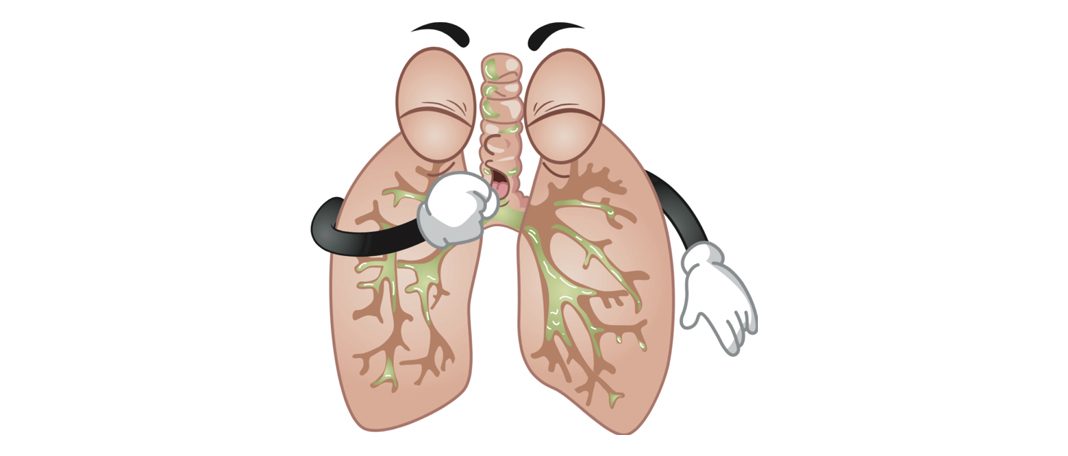What is Coccidioidomycosis
Coccidioidomycosis, commonly known as valley fever, is a fungal infection caused by the Coccidioides fungus. It primarily occurs in arid regions of the southwestern United States, Mexico, and parts of Central and South America. The infection is acquired by inhaling fungal spores present in soil, leading to a range of symptoms from mild flu-like illness to severe respiratory problems, especially in immunocompromised individuals. Treatment may involve antifungal medications in severe cases, but most infections resolve on their own without specific intervention. Preventive measures include avoiding exposure to dusty environments in endemic areas.
How is Valley fever transmitted?
Valley fever is caused by two types of fungus which grows in the soil in certain parts of the United States, they are Coccidioides immitis and Coccidioides posadasii. The fungus present in the soil will reciprocate itself in the air when there is any disruption in the soil like during drilling and construction.
Valley fever Symptoms
Valley fever usually occurs without any symptoms and in many cases it fades away on its own. Below listed are few commonly reported symptoms of Valley fever.
- High temperature
- Night sweats
- Muscle pain and joint aches
- Rashes
- Cough
- Difficulty breathing
- Loss of appetite
In some cases, the infection can become worse and can turn into chronic pulmonary coccidioidomycosis. This attacks the lungs and shows symptoms that are similar to tuberculosis. Listed below are some of the commonly reported symptoms of chronic pulmonary coccidioidomycosis.
- Bleeding while coughing
- Chronic cough
- Weight loss
- Pain in the chest
- Trouble breathing
Valley fever complications
Though valley fever complications are rare, the complications include pneumonia, pleural effusion (leaking of pus or fluid in lungs), Acute respiratory distress syndrome (building up of fluids in the small air sacs in the lungs), disseminated coccidioidomycosis. Disseminated coccidioidomycosis is one of the most serious complications of Valley fever. This is because the fungus attacks the other parts of the body such as joints, liver, pancreas, skin, kidneys, brain, and bones.
Valley Fever Treatment
Valley fever, also known as coccidioidomycosis, is a fungal infection caused by the Coccidioides fungus. The infection is primarily prevalent in arid regions of the southwestern United States, Mexico, and parts of Central and South America. The severity of the disease can vary from mild flu-like symptoms to severe respiratory problems, especially in individuals with weakened immune systems.
Treatment for valley fever depends on the severity of the infection and the individual’s overall health condition. In many cases, valley fever resolves on its own without specific medical intervention. However, for symptomatic or severe cases, antifungal medications are prescribed to combat the infection.
Suitable content for valley fever treatment:
- Self-Care and Monitoring: For mild cases of valley fever, rest, hydration, and over-the-counter pain relievers may be recommended to alleviate symptoms like fever, cough, and fatigue. Patients are advised to monitor their condition and seek medical attention if symptoms worsen.
- Antifungal Medications: In moderate to severe cases or for individuals with compromised immune systems, antifungal medications such as fluconazole, itraconazole, or amphotericin B are prescribed to treat the fungal infection. The duration of treatment varies depending on the severity of the infection and the patient’s response to the medication.
- Follow-Up Care: Patients undergoing antifungal treatment require regular follow-ups with healthcare providers to monitor progress, manage any potential side effects of medications, and adjust treatment as needed.
- Supportive Measures: Additional treatments, such as oxygen therapy and respiratory support, may be necessary for severe respiratory cases to help patients manage breathing difficulties.
- Prevention: Valley fever can be prevented by avoiding activities that disturb soil in endemic areas, using masks during dust storms or construction activities, and staying indoors during windy conditions to reduce exposure to fungal spores.
Is valley fever curable?
Yes, itr is curable and there is only 1% of possibility to die from Valley fever. It needs to be treated at the right time with proper medications. If left untreated, the infection can spread to other parts of the body including the brain and can become fatal.
How to prevent Valley fever?
Though Valley fever can attack normal people, it can be severe in people with weak immune systems, pregnant ladies, and diabetes patients. Below listed are some of the easy ways to prevent Valley fever.
- Avoiding exposure to dust, especially during activities such as digging or construction, and wearing a mask in dusty conditions.
- Staying indoors during dust storms.
- Washing hands and clothes regularly if exposure to dust is unavoidable.
- Keeping windows closed and using air conditioning to filter dust.
- Using insect repellent to prevent bites from insects that can carry fungal spores.
It is important to seek medical attention if you experience symptoms such as fever, cough, and chest pain after exposure to dust. Early diagnosis and treatment can help prevent complications.


















